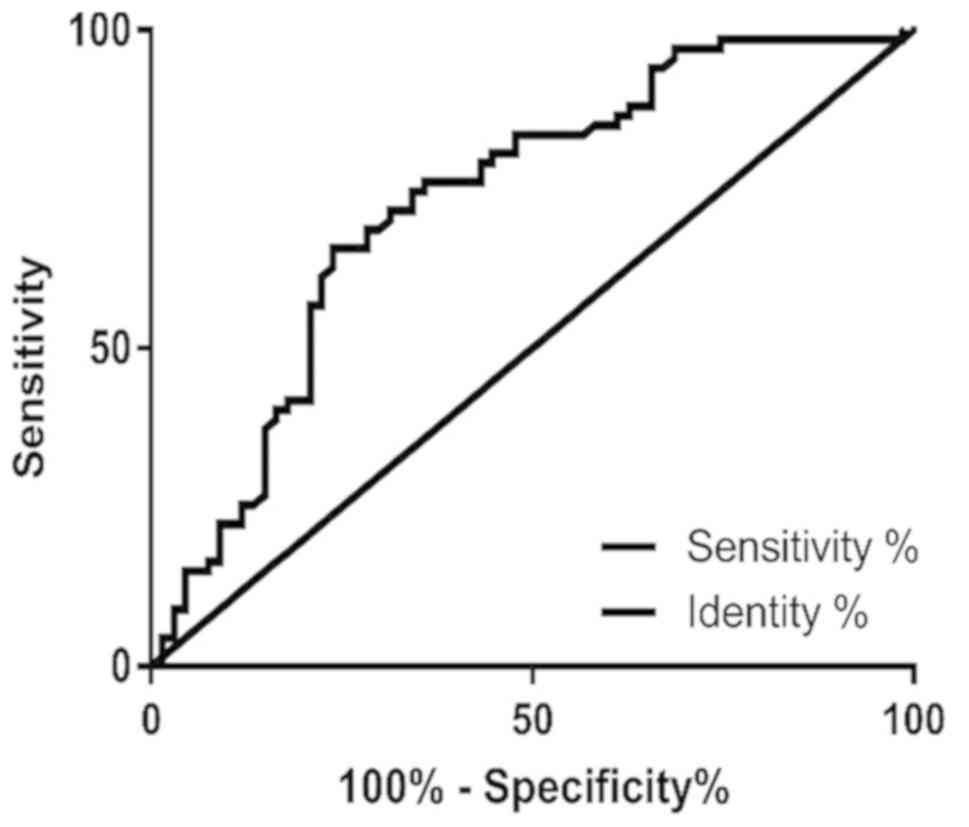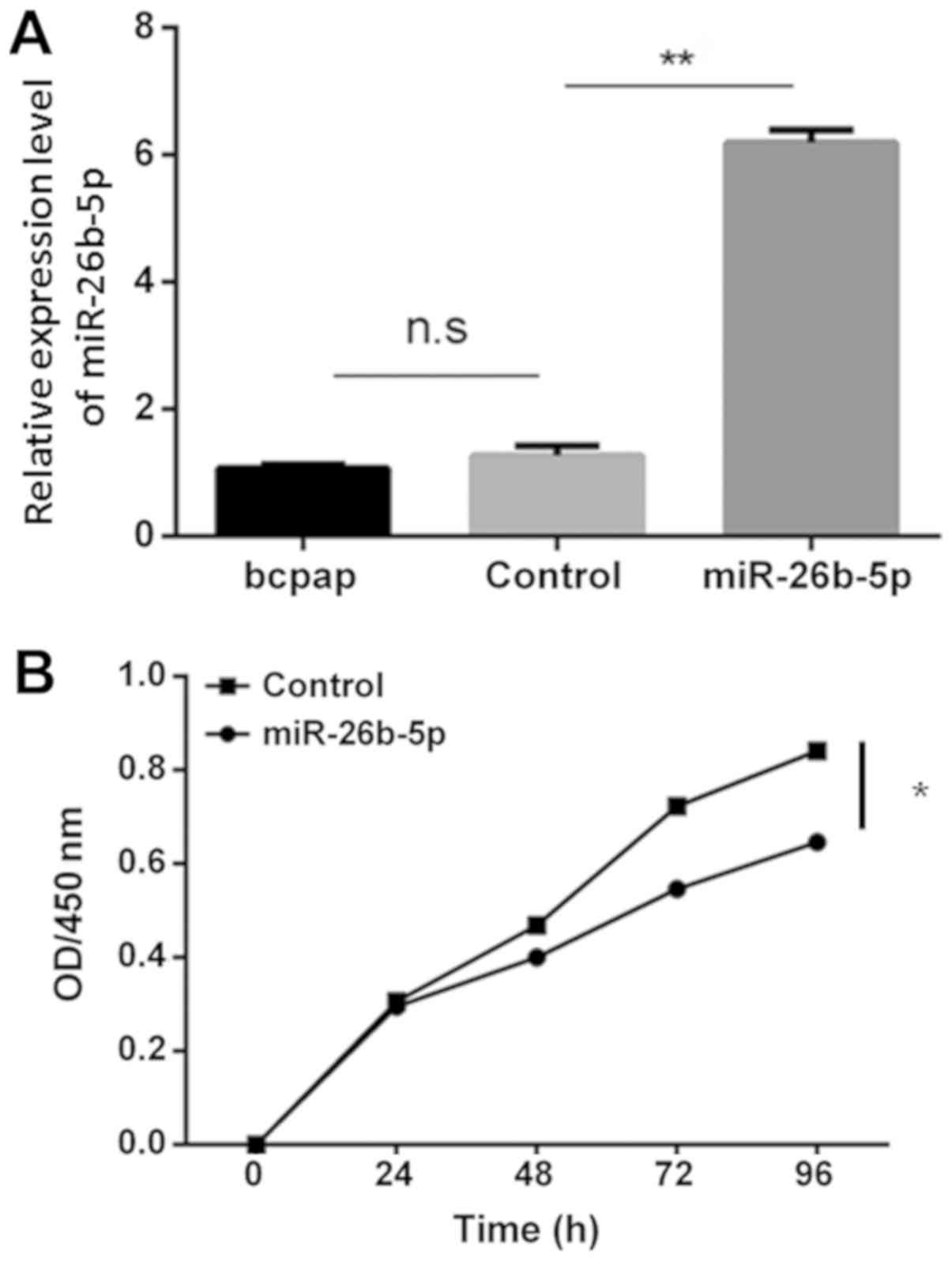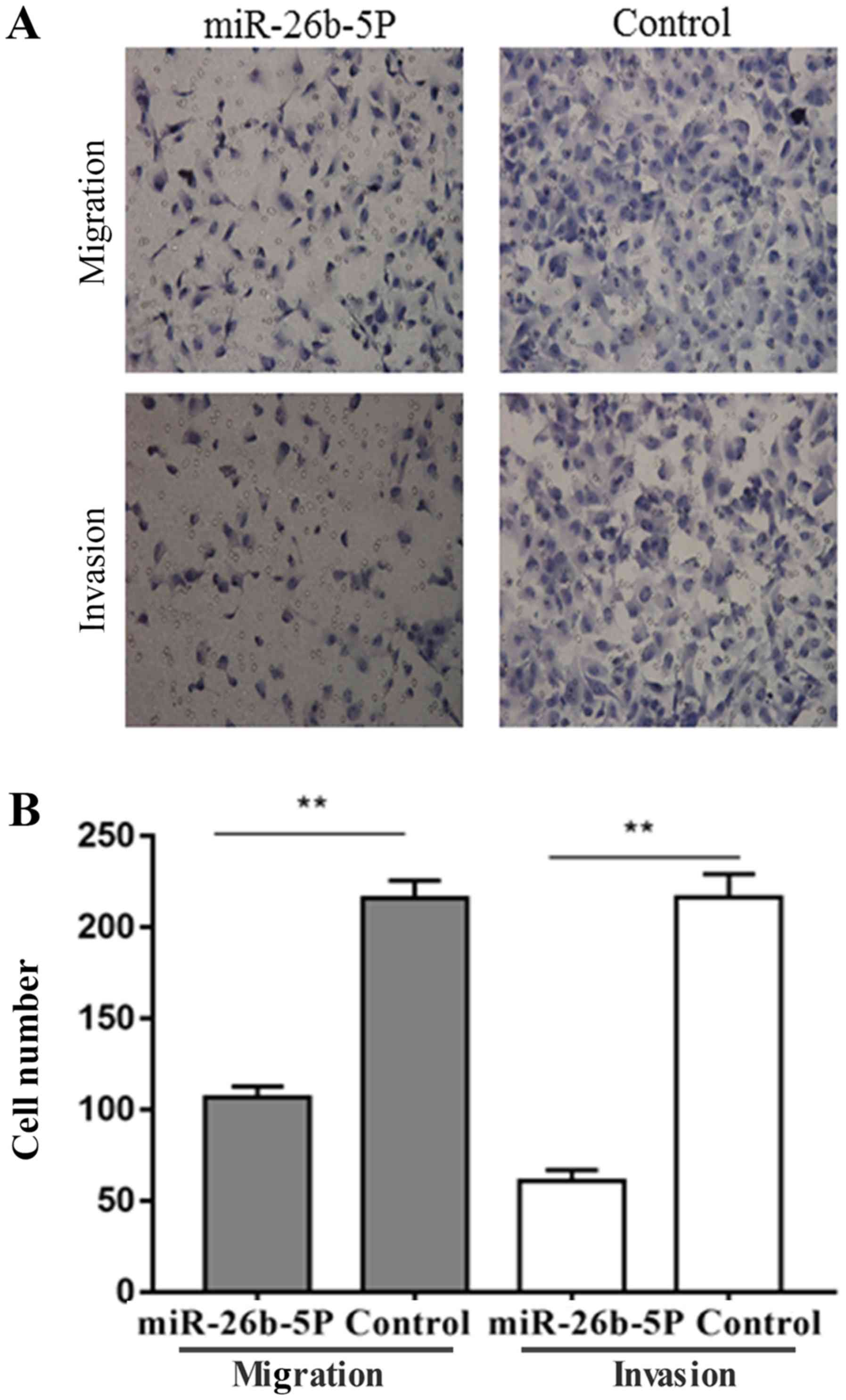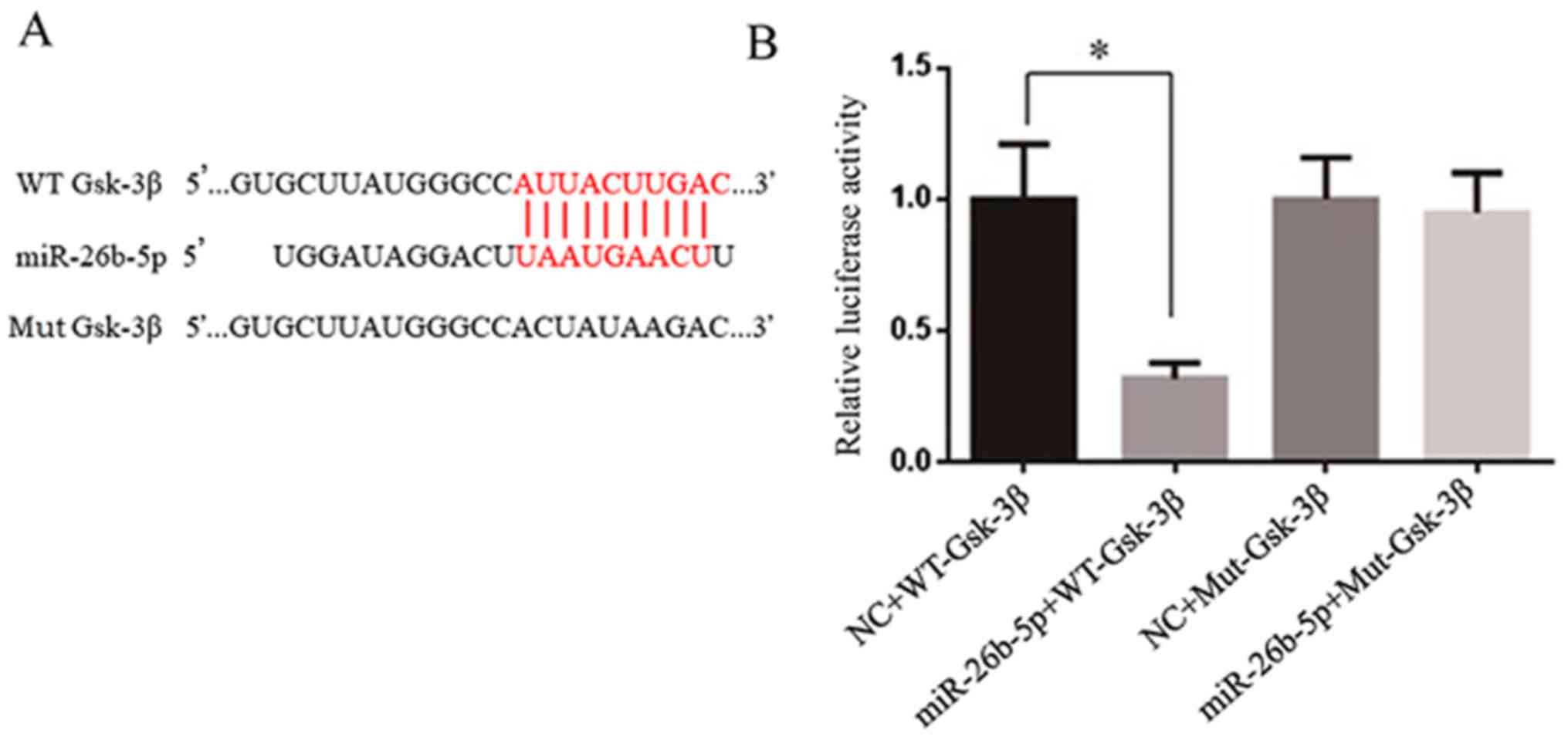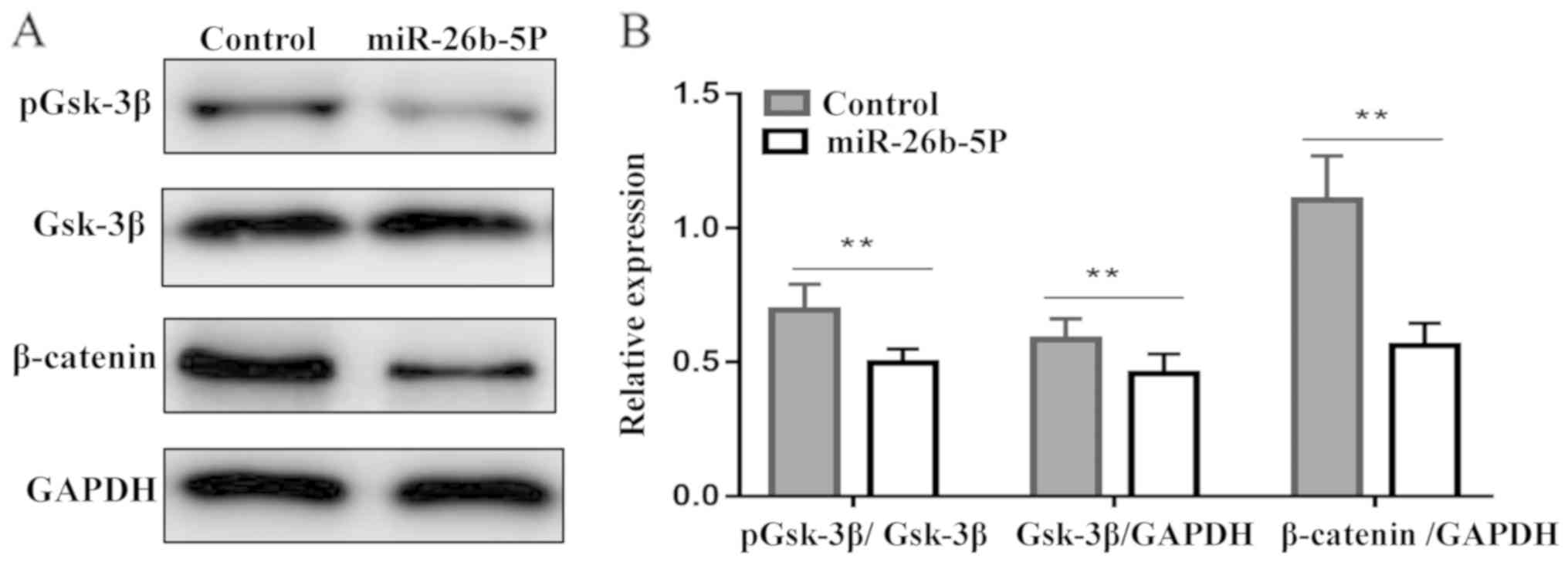|
1
|
Randle RW, Bushman NM, Orne J, Balentine
CJ, Wendt E, Saucke M, Pitt SC, Macdonald CL, Connor NP and Sippel
RS: Papillary thyroid cancer: The good and bad of the ‘Good
Cancer’. Thyroid. 27:902–907. 2017. View Article : Google Scholar : PubMed/NCBI
|
|
2
|
Garau LM, Rubello D, Ferretti A, Boni G,
Volterrani D and Manca G: Sentinel lymph node biopsy in small
papillary thyroid cancer. A review on novel surgical techniques.
Endocrine. 62:340–350. 2018. View Article : Google Scholar : PubMed/NCBI
|
|
3
|
Yan S, Zhao W, Wang B and Zhang L:
Preoperative injection of carbon nanoparticles is beneficial to the
patients with thyroid papillary carcinoma: From a prospective study
of 102 cases. Medicine (Baltimore). 97:e113642018. View Article : Google Scholar : PubMed/NCBI
|
|
4
|
Paulsson JO, Zedenius J and Juhlin CC:
Papillary thyroid carcinoma with pleomorphic tumor giant cells in a
pregnant woman-a case report. BMC Endocr Disord. 18:462018.
View Article : Google Scholar : PubMed/NCBI
|
|
5
|
Yongfu Z, Ziyu L, Chen L and Jingchao X:
Cervical mass as the initial manifestation of occult papillary
thyroid carcinoma: Report of three cases. J Cancer Res Ther. 14
(Suppl):S544–S548. 2018. View Article : Google Scholar : PubMed/NCBI
|
|
6
|
Hardin H, Helein H, Meyer K, Robertson S,
Zhang R, Zhong W and Lloyd R: Thyroid cancer stem-like cell
exosomes: Regulation of EMT via transfer of lncRNAs. Lab Invest.
98:1133–1142. 2018. View Article : Google Scholar : PubMed/NCBI
|
|
7
|
Ma B, Wei W, Xu W, Wang Y, Guan H, Fan J,
Zhao Z, Wen D, Yang S, Wang Y, et al: Surgical confirmation of
incomplete treatment for primary papillary thyroid carcinoma by
percutaneous thermal ablation: A retrospective case review and
literature review. Thyroid. 28:1134–1142. 2018. View Article : Google Scholar : PubMed/NCBI
|
|
8
|
Henn D, Abu-Halima M, Falkner F, Wermke D,
Meme LG, Kühner C, Keller A, Kneser U, Meese E, Schmidt V, et al:
Micro-RNA regulated pro-angiogenic signaling in arteriovenous loops
in patients with combined vascular and soft tissue
reconstructions-reisiting the nutrient flap concept. Plast.
Reconstr. Surg. 142:12018.
|
|
9
|
Gomes A, da Silva IV, Rodrigues CMP,
Castro RE and Soveral G: The emerging role of microRNAs in
aquaporin regulation. Front Chem. 6:2382018. View Article : Google Scholar : PubMed/NCBI
|
|
10
|
Nigita G, Distefano R, Veneziano D, Romano
G, Rahman M, Wang K, Pass H, Croce CM, Acunzo M and Nana-Sinkam P:
Tissue and exosomal miRNA editing in non-small cell lung cancer.
Sci Rep. 8:102222018. View Article : Google Scholar : PubMed/NCBI
|
|
11
|
Uen Y, Wang J, Wang C, Jhang Y, Chung J,
Tseng T, Sheu M and Lee S: Mining of potential microRNAs with
clinical correlation-regulation of syndecan-1 expression by
miR-122-5p altered mobility of breast cancer cells and possible
correlation with liver injury. Oncotarget. 9:28165–28175. 2018.
View Article : Google Scholar : PubMed/NCBI
|
|
12
|
Liu DT, Yao HR, Li YY, Song YY and Su MY:
MicroRNA-19b promotes the migration and invasion of ovarian cancer
cells by inhibiting the PTEN/AKT signaling pathway. Oncol Lett.
16:559–565. 2018.PubMed/NCBI
|
|
13
|
Hersi HM, Raulf N, Gaken J, Folarin N and
Tavassoli M: MicroRNA-9 inhibits growth and invasion of head and
neck cancer cells and is a predictive biomarker of response to
plerixafor, an inhibitor of its target CXCR4. Mol Oncol.
12:2023–2041. 2018. View Article : Google Scholar : PubMed/NCBI
|
|
14
|
Liu X, He M, Hou Y, Liang B, Zhao L, Ma S,
Yu Y and Liu X: Expression profiles of microRNAs and their target
genes in papillary thyroid carcinoma. Oncol Rep. 29:1415–1420.
2013. View Article : Google Scholar : PubMed/NCBI
|
|
15
|
Yang Z, Yuan Z, Fan Y, Deng X and Zheng Q:
Integrated analyses of microRNA and mRNA expression profiles in
aggressive papillary thyroid carcinoma. Mol Med Rep. 8:1353–1358.
2013. View Article : Google Scholar : PubMed/NCBI
|
|
16
|
Wu T, Chen W, Liu S, Lu H, Wang H, Kong D,
Huang X, Kong Q, Ning Y and Lu Z: Huaier suppresses proliferation
and induces apoptosis in human pulmonary cancer cells via
upregulation of miR-26b-5p. FEBS Lett. 588:2107–2114. 2014.
View Article : Google Scholar : PubMed/NCBI
|
|
17
|
Mei JY, Zhang MJ, Wang YY and Liu YH: The
positive clinical therapeutically effects of Escin on advanced
thyroid cancer. Cancer Med. 6:937–943. 2017. View Article : Google Scholar : PubMed/NCBI
|
|
18
|
Abbosh PH and Nephew KP: Multiple
signaling pathways converge on beta-catenin in thyroid cancer.
Thyroid. 15:551–561. 2005. View Article : Google Scholar : PubMed/NCBI
|
|
19
|
Livak KJ and Schmittgen TD: Analysis of
relative gene expression data using real-time quantitative PCR and
the 2 (-Delta Delta C(T)) method. Methods. 25:402–408. 2001.
View Article : Google Scholar : PubMed/NCBI
|
|
20
|
Wakasa T, Li Y, Bai Y, Liu Z, Ozaki T,
Mori I, Miyauchi A, Kakudo K and Nakamura M: Up-regulation of
urinary-type plasminogen activator correlates with high-risk
papillary thyroid carcinoma with BRAF(V600E) mutation and its
possible molecular mechanism. Pathol Res Pract. 210:733–738. 2014.
View Article : Google Scholar : PubMed/NCBI
|
|
21
|
Edge SB and Compton CC: The American Joint
Committee on Cancer: The 7th edition of the AJCC cancer staging
manualand the future of TNM. Ann Surg Oncol. 17:1471–1474. 2010.
View Article : Google Scholar : PubMed/NCBI
|
|
22
|
Ambros V: MicroRNA pathways in flies and
worms: Growth, death, fat, stress, and timing. Cell. 113:673–676.
2003. View Article : Google Scholar : PubMed/NCBI
|
|
23
|
Farazi TA, Hoell JI, Morozov P and Tuschl
T: MicroRNAs in human cancer. Adv Exp Med Biol. 774:1–20. 2013.
View Article : Google Scholar : PubMed/NCBI
|
|
24
|
Menon MP and Khan A: Micro-RNAs in thyroid
neoplasms: molecular, diagnostic and therapeutic implications. J
Clin Pathol. 62:978–985. 2009. View Article : Google Scholar : PubMed/NCBI
|
|
25
|
Visone R, Russo L, Pallante P, De Martino
I, Ferraro A, Leone V, Borbone E, Petrocca F, Alder H, Croce CM and
Fusco A: MicroRNAs (miR)-221 and miR-222, both overexpressed in
human thyroid papillary carcinomas, regulate p27Kip1 protein levels
and cell cycle. Endocr Relat Cancer. 14:791–798. 2007. View Article : Google Scholar : PubMed/NCBI
|
|
26
|
Sui GQ, Fei D, Guo F, Zhen X, Luo Q, Yin S
and Wang H: MicroRNA-338-3p inhibits thyroid cancer progression
through targeting AKT3. Am J Cancer Res. 7:1177–1178.
2017.PubMed/NCBI
|
|
27
|
Lima CR, Geraldo MV, Fuziwara CS, Kimura
ET and Santos MF: miRNA-146b-5p upregulates migration and invasion
of different Papillary Thyroid Carcinoma cells. BMC Cancer.
16:1082016. View Article : Google Scholar : PubMed/NCBI
|
|
28
|
Liu J, Li Q, Li R, Ren P and Dong S:
MicroRNA-363-3p inhibits papillary thyroid carcinoma progression by
targeting PIK3CA. Am J Cancer Res. 7:148–158. 2017.PubMed/NCBI
|
|
29
|
Zhang X, Li D, Li M, Ye M, Ding L, Cai H,
Fu D and Lv Z: MicroRNA-146a targets PRKCE to modulate papillary
thyroid tumor development. Int J Cancer. 134:257–267. 2014.
View Article : Google Scholar : PubMed/NCBI
|
|
30
|
Yin Y, Hong S, Yu S, Huang Y, Chen S, Liu
Y, Zhang Q, Li Y and Xiao H: miR-195 inhibits tumor growth and
metastasis in papillary thyroid carcinoma cell lines by targeting
CCND1 and FGF2. Int J Endocrinol. 2017:61804252017. View Article : Google Scholar : PubMed/NCBI
|
|
31
|
Cheng L, Zhou R, Chen M, Feng L and Li H:
MicroRNA-150 targets Rho-associated protein kinase 1 to inhibit
cell proliferation, migration and invasion in papillary thyroid
carcinoma. Mol Med Rep. 16:2217–2224. 2017. View Article : Google Scholar : PubMed/NCBI
|
|
32
|
Kato M, Goto Y, Matsushita R, Kurozumi A,
Fukumoto I, Nishikawa R, Sakamoto S, Enokida H, Nakagawa M,
Ichikawa T and Seki N: MicroRNA-26a/b directly regulate La-related
protein 1 and inhibit cancer cell invasion in prostate cancer. Int
J Oncol. 47:710–718. 2015. View Article : Google Scholar : PubMed/NCBI
|
|
33
|
Kozubek J, Ma Z, Fleming E, Duggan T, Wu
R, Shin DG and Dadras SS: In-depth characterization of microRNA
transcriptome in melanoma. PLoS One. 8:e726992013. View Article : Google Scholar : PubMed/NCBI
|
|
34
|
Ikeda S, Kishida S, Yamamoto H, Murai H,
Koyama S and Kikuchi A: Axin, a negative regulator of the Wnt
signaling pathway, forms a complex with GSK-3beta and beta-catenin
and promotes GSK-3beta-dependent phosphorylation of beta-catenin.
EMBO J. 17:1371–1384. 1998. View Article : Google Scholar : PubMed/NCBI
|
|
35
|
Forde JE and Dale TC: Glycogen synthase
kinase 3: A key regulator of cellular fate. Cell Mol Life Sci.
64:1930–1944. 2007. View Article : Google Scholar : PubMed/NCBI
|
|
36
|
Farago M, Dominguez I, Landesman-Bollag E,
Xu X, Rosner A, Cardiff RD and Seldin DC: Kinase-inactive glycogen
synthase kinase 3beta promotes Wnt signaling and mammary
tumorigenesis. Cancer Res. 65:5792–5801. 2005. View Article : Google Scholar : PubMed/NCBI
|
|
37
|
Jiang Y, Miao J, Wang D, Zhou J, Liu B,
Jiao F, Liang J, Wang Y, Fan C and Zhang Q: MAP30 promotes
apoptosis of U251 and U87 cells by suppressing the LGR5 and
Wnt/β-catenin signaling pathway, and enhancing Smac expression.
Oncol Lett. 15:5833–5840. 2018.PubMed/NCBI
|
|
38
|
Clevers H: Wnt/beta-catenin signaling in
development and disease. Cell. 127:469–480. 2006. View Article : Google Scholar : PubMed/NCBI
|
|
39
|
Chen XJ, Meng J, Yue W, Yu J, Yang J, Yao
Z and Zhang L: Fibulin-3 suppresses Wnt/β-catenin signaling and
lung cancer invasion. Carcinogenesis. 35:1707–1716. 2014.
View Article : Google Scholar : PubMed/NCBI
|
|
40
|
Aman A and Piotrowski T: Wnt/beta-catenin
and Fgf signaling control collective cell migration by restricting
chemokine receptor expression. Dev Cell. 15:749–761. 2008.
View Article : Google Scholar : PubMed/NCBI
|
|
41
|
Lv M, Zhang X, Li M, Chen Q, Ye M, Liang
W, Ding L, Cai H, Fu D and Lv Z: miR-26a and its target CKS2
modulate cell growth and tumorigenesis of papillary thyroid
carcinoma. PLoS One. 8:e675912013. View Article : Google Scholar : PubMed/NCBI
|
|
42
|
Lin L, Fang Z, Lin H, Lin H, You H, Wang
J, SU H, Wang F and Zhang ZY: Depletion of Cks1 and Cks2 expression
compromises cell proliferation and enhance chemotherapy-induced
apoptosis in HepG2 cells. Oncol Rep. 35:26–32. 2016. View Article : Google Scholar : PubMed/NCBI
|















